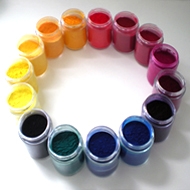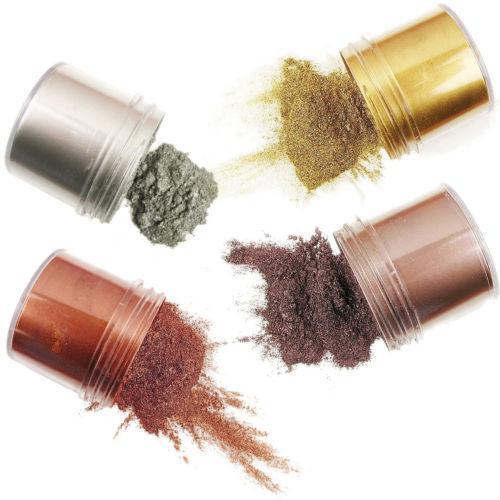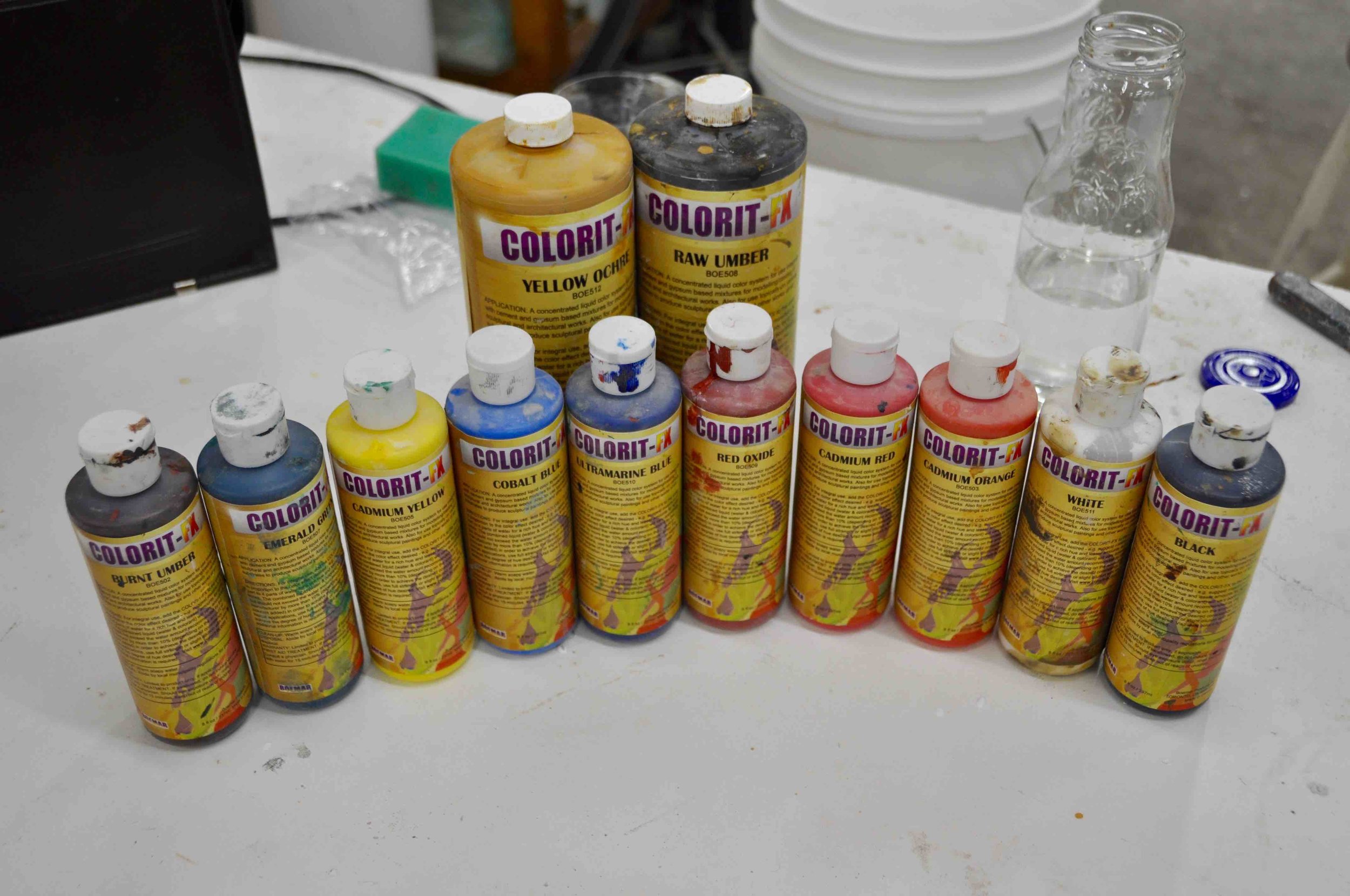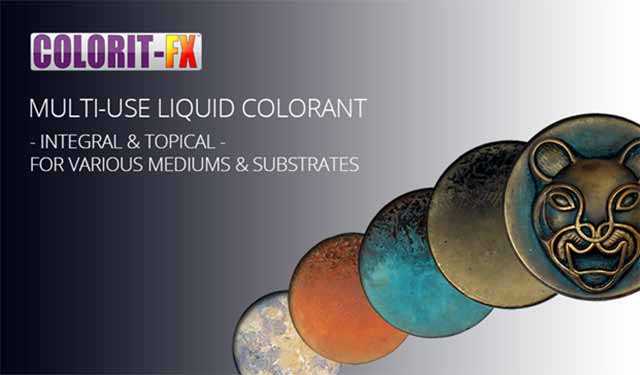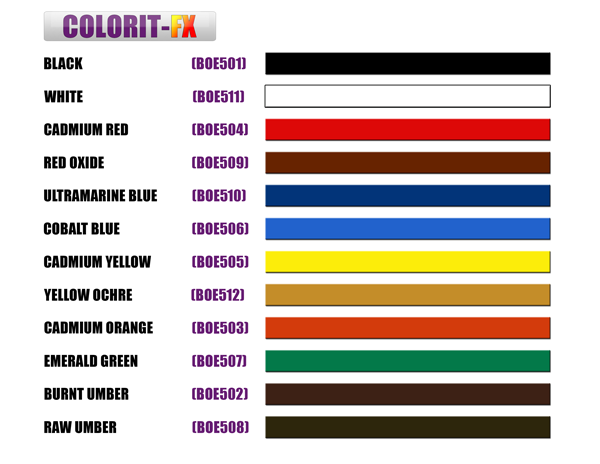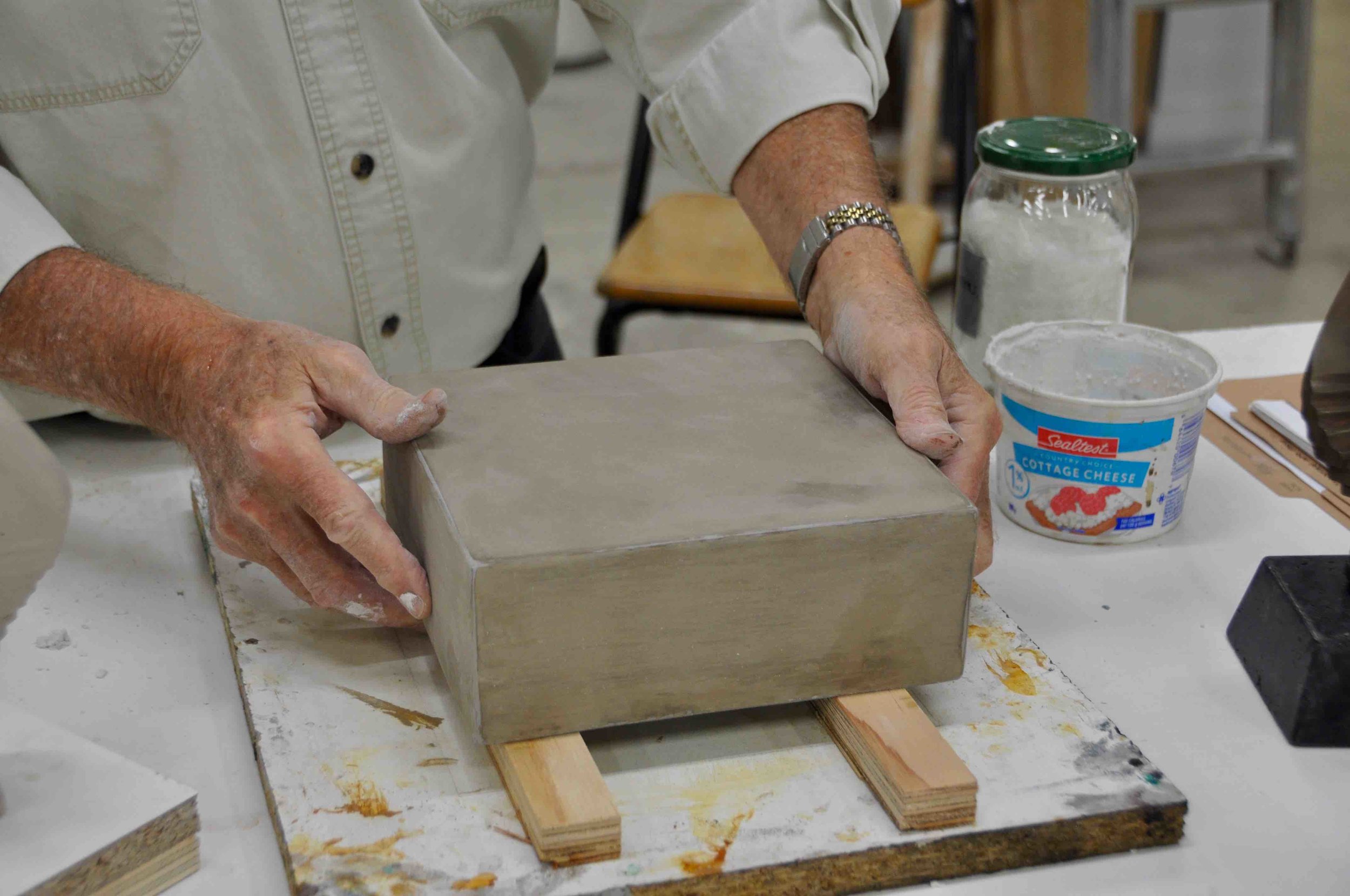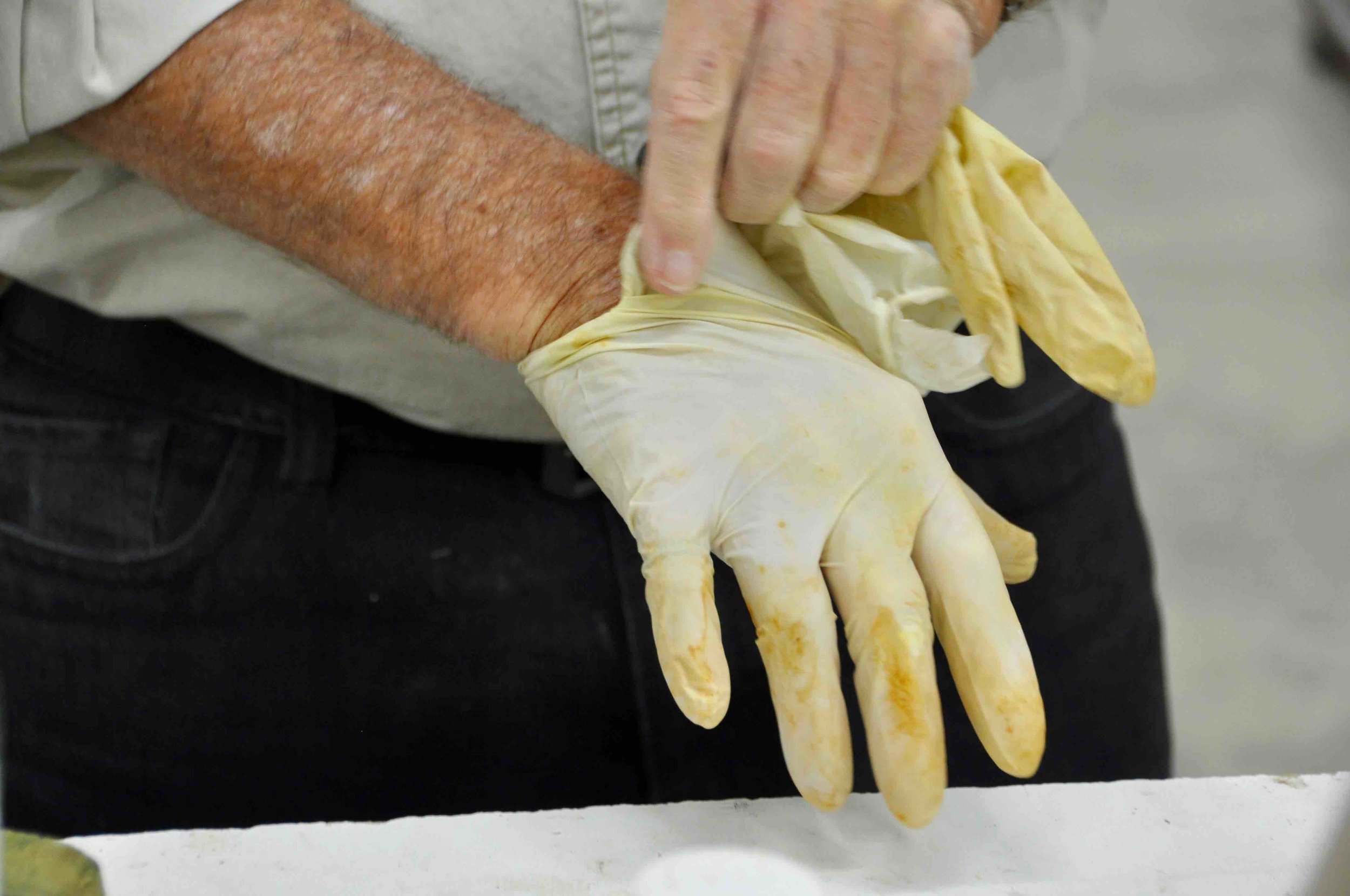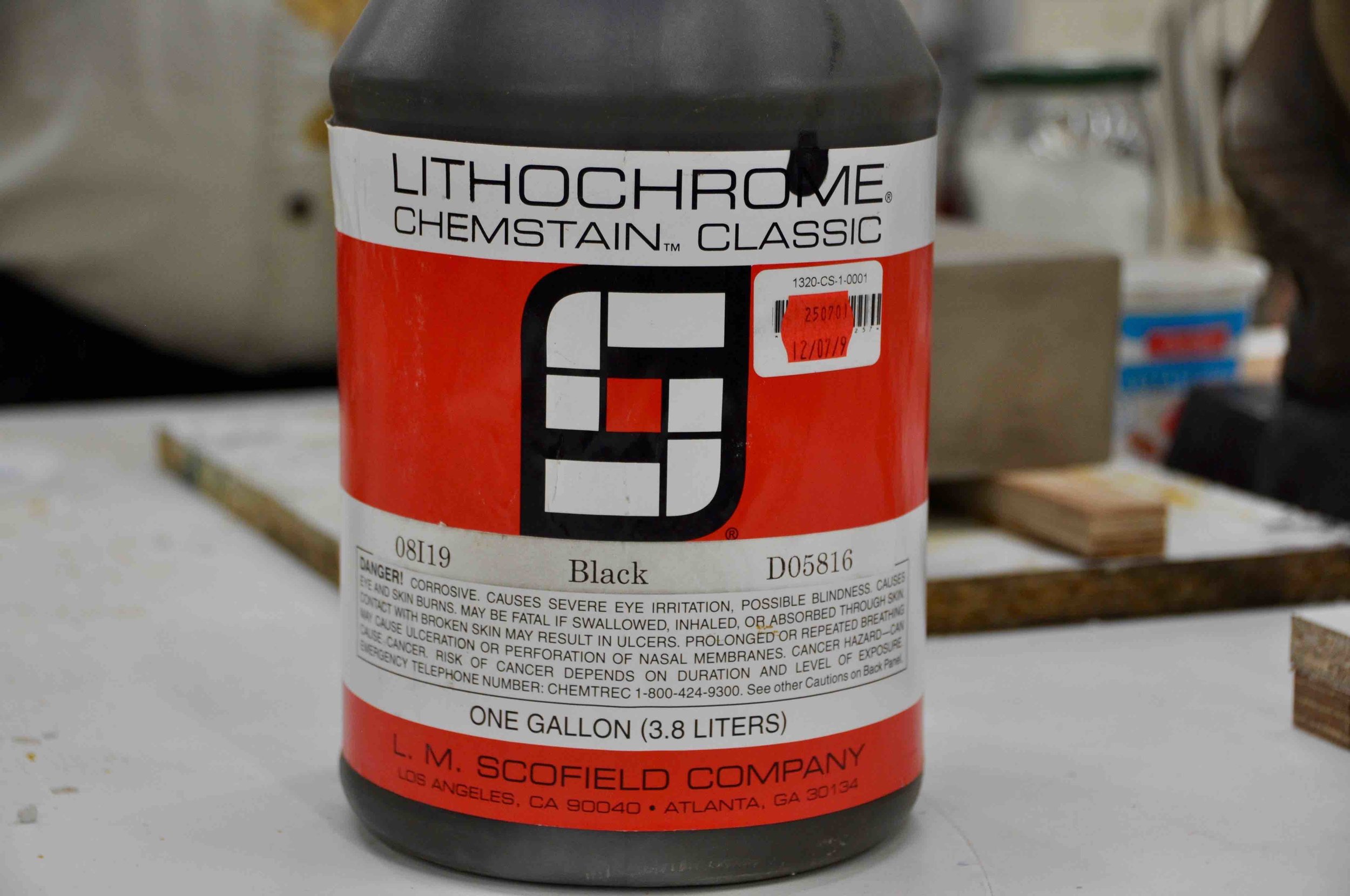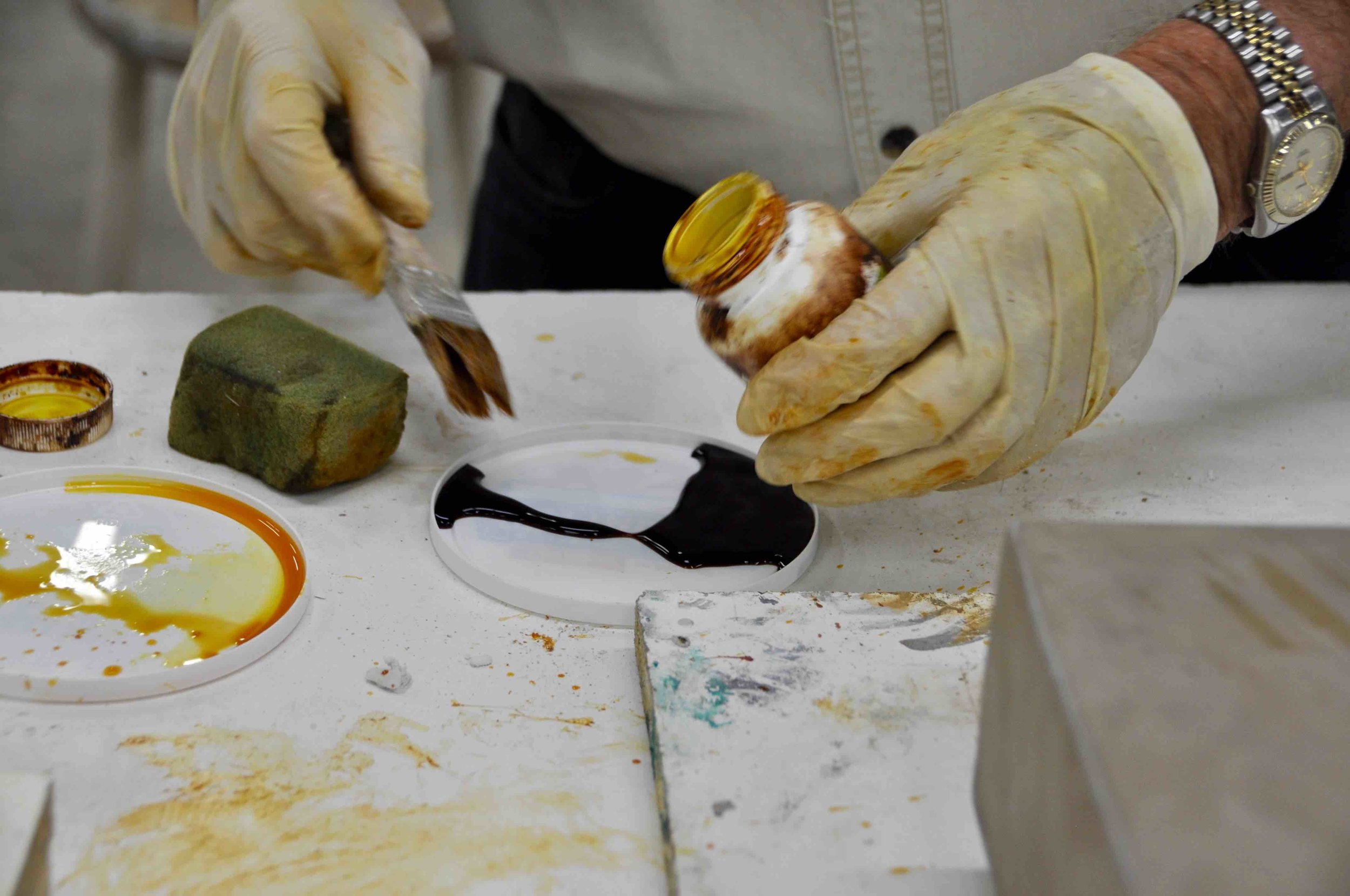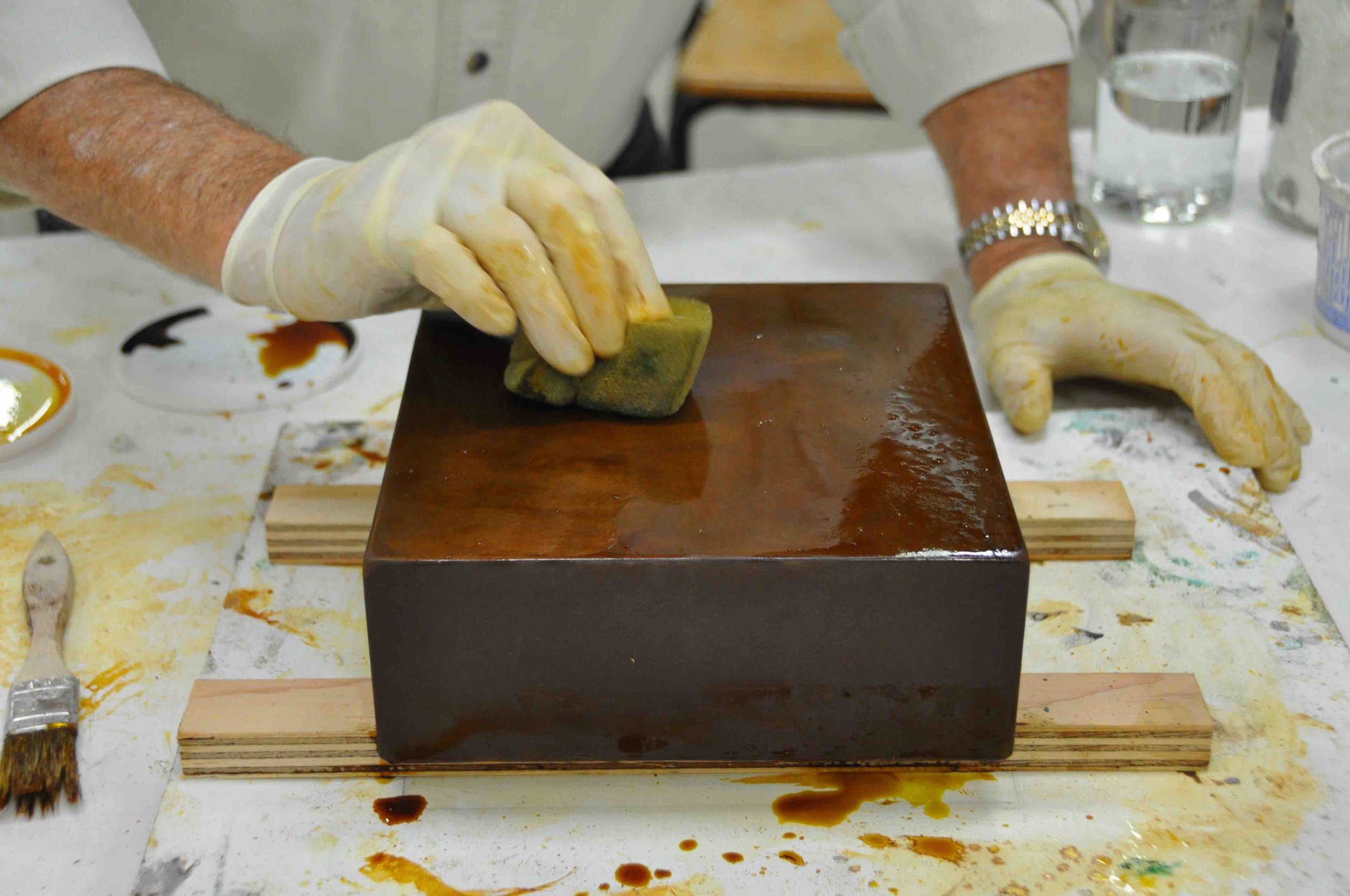Patination FAQ
What is patination?
- Patination is an art involving many and varied methods of aging or coloring enabling the sculptor to create unlimited effects. You can make a piece look old, like bronze, granite, terra cotta, wood, limestone, marble. You name it, you can create it with patination.
What types of patinas can I achieve?
- The number of patina effects possible is virtually unlimited and is achieved through the use of any one or combination of variables:
- The amount and colour of powdered oxide pigments or liquid colorants used, if any
- The amount and type of metallic powder used, if any
- The concentration and composition of the chemical solution used to react with the hardened Winterstone surface, if any
- The concentration and composition of the chemical solution used to react with the incorporated metallic powder, if any
- The technique used in applying the reactive chemical solutions, if any
- The texture of the hardened Winterstone surface,
- The type of sealer used (i.e., matte vs gloss)
What is integral pigmentation?
- Integral pigmentation is when the colour is through the whole sculpture, not just the surface. This is achieved by the addition of either dry oxide pigment powders and/or metallic powders are added to the Winterstone dry powder, or Colorit-FX liquid colorants are added to the mixing water which will be added to the Winterstone dry powder
How much dry pigment powder can I add to Winterstone to integrally pigment the sculpture?
- Preferably no more than 5 parts of pigment per 100 parts of dry Winterstone.
How much Colorit-FX can I add to Winterstone to integrally pigment the sculpture?
- Preferably no more than 1 part Colorit-FX to 4 parts water.
What is external patination?
- External patination is the treating the cured and hardened surface with reactive patina chemicals and/or Colorit-FX liquid colorant. These patinas soak into the sculpture and become part of the surface and will not fade, chip or peel as compared to surfaces coated with acrylic stains or paints or other types of topical coatings which can weather off quickly and may delaminate.
What factors affect the uniformity of color when externally patinating a Winterstone sculpture?
- pigment/water proportions (consistency of Winterstone mix)
- mixing procedure (how well mixed)
- application procedure of Winterstone
- composition, porosity, age and texture of cured/hardened surface
- type, concentration and application techniques (spray, stipple, brush, sponge) of topical colorizers/patinas
- type and application of protective sealer
Even slight variations of any one of these factors may result in subtle differences in the end result. It is recommended that you make test pieces of Winterstone and practice creating the patina you desire before patinating your final sculpture.
What are Reactive Chemical Stains?
- Reactive chemical stains are composed of water, hydrochloric acid and water soluble metallic salts. The solutions penetrate the surface and react with the cured Winterstone producing permanent color deposits in the pores. They are generally 8 colors available which may be diluted or applied over one another to expand the palette. They can be purchased at art supply or home renovation stores.
How to apply Reactive Chemical Stains to a Winterstone sculpture
- After the sculpture has dried for 3 or 4 days give the surface a light rub with a Scotch Brite pad to get rid of any residue and open up the pores.
- Apply 2 or more applications of stain. Leave to dry for at least 4 hours. Remove any salty residue by rinsing or sponging off with water.
- Repeat as desired with different colors to create desired effect.
Factors Affecting Uniformity Of Colour
It must be kept in mind that the achievement/duplication of most colourations/patinations (and even the uniformity within the whole surface) is dependent on several “sensitive” factors:
1. pigment/water proportions
2. mixing procedure
3. application procedure of wet mixture (pour, brush, trowel etc.)
4. composition, porosity, age, and texture of cured/ hardened surface
5. type, concentration, and application techniques (spray, stipple, brush, sponge) of topical colouration/patinas
6. type and application of any protective sealer
Methods To Mitigate Inconsistencies In Outcomes
Even slight variations in any one or more of these above mentioned factors may result in subtle differences in the end result. It is therefore strongly suggested that the user carry out some small test mixes within the recommended guidelines outlined in the respective, various technical bulletins contained herein – to determine the specifics (particular to their requirements)
The basic principle is applicable not only in the colouration/patination process but also throughout the overall sculpting and or casting process.
